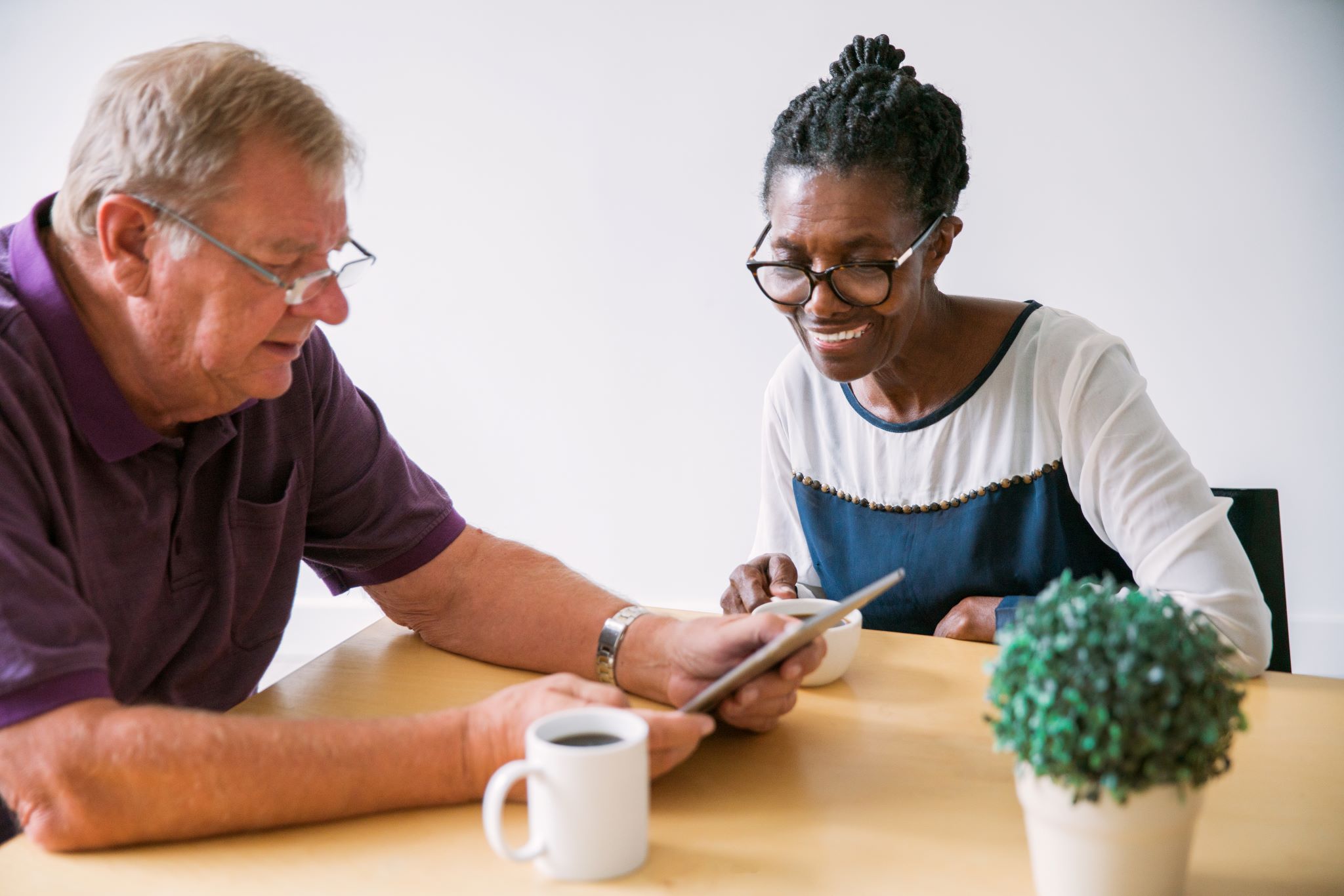BENEFITS TO THE PATIENTS

The Dextrain method is designed to improve and accelerate recovery of manual dexterity. It is based on two main principles:
The first one is that it allows to measure and define an individual multi-factorial dexterity profile. It helps to identify the affected aspects of dexterity and to better understand what is blocking recovery. It also permits to follow the progress made over time and to stay motivated throughout the rehabilitation.
The second one is that the personalization of the training allows to focus the rehabilitation protocol specifically on the affected aspects and increase the chances of successful recovery. The use of specific and customizable exercises, with progressive difficulty, makes training challenging and adapted to each stage of recovery. This promotes motivation during exercises, positive recovery and brain plasticity.
What makes Dextrain solutions innovative?
– An initial evaluation to grade the training program for each patient.
– The set up of a personalized rehabilitation program
– A program combining intense Dexterity training with a variety of performance feedback, specific to each aspect of dexterity permitting a real focus on the individual’s problems
– Progress reporting for patients and clinicians to stay motivated and set realistic goals during rehabilitation
– Continuous analysis of the individual’s performance and integration of professionals’ experiences to optimize training programs
Patient session - establishing the dexterity profile
To begin with, the patient undergoes a complete dexterity assessment with the Dextrain Manipulandum.
The clinician then obtains an individual multi-dimensional dexterity profile.
He/she can then offer the patient a personalized rehabilitation protocol focused on the most affected aspects.


Personalized dexterity training
The patient will be able, with the Dextrain Manipulandum, to work specifically on his/her dexterity impairments. The difficulty of the exercises is adapted to the patient’s ability and evolves across sessions progress to keep the training protocol challenging and motivating.
The patient and clinician can monitor progress and check regularly to set appropriate and motivating goals throughout the course of rehabilitation.
Back home
Dextrain training in the home setting is made possible with Dextrain Homecare, a tablet version of the Dextrain approach.
This allows the patient to continue their individualized training and monitor their progress, even after returning home.
